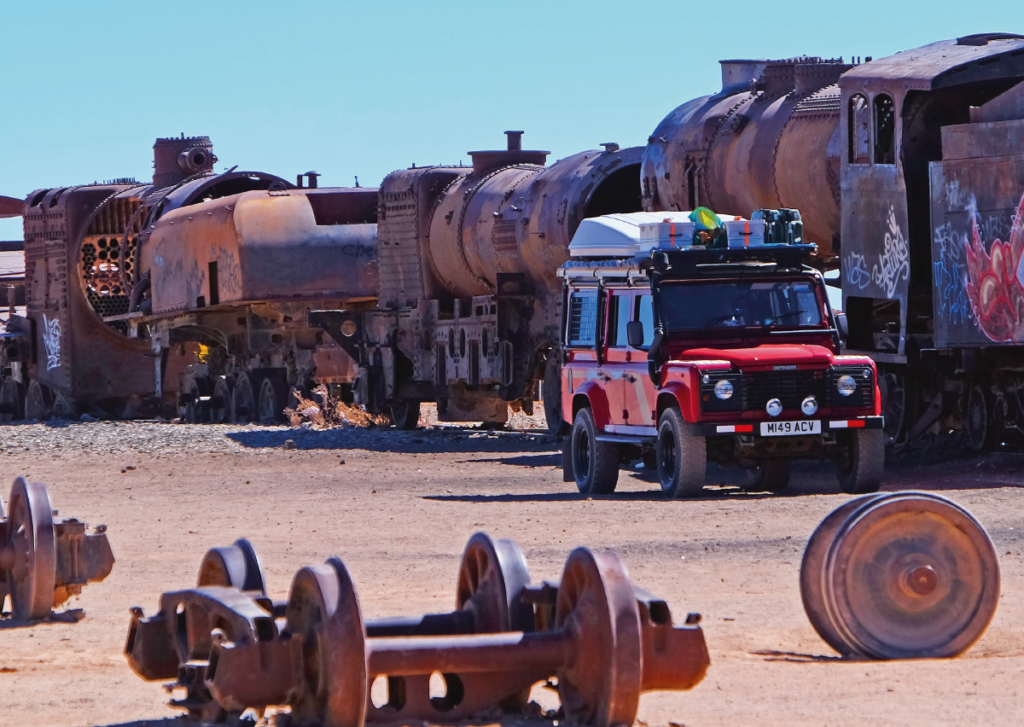
The Salar de Uyuni is one of the world’s most iconic destinations for overland travel. But there’s more to this famed region of Bolivia than a salt pan half the size of Wales. Venture just a few miles south and you’ll find yourself amid the tangled remains of a railway that was once a wonder of the engineering world.
In Britain, we tend to think of narrowgauge railways as quaint old things, short sections of track amid the worked-out late mines of North Wales plied by gleaming little engines for the amusement of tourists. The idea of crossborder heavy industry being built on such a thing sounds impossible. Exactly 150 years ago, however, the first trains ran on what was one of the most ambitious railway projects the world has ever seen. One of the most ambitious and, at the time, the highest above sea level anywhere on the planet. The Ferrocarril de Antofagasta a Bolivia (FCAB) runs between the Bolivian capital of La Paz and the port of Antofagasta, some 715 miles to the south. On the way, it climbs to an altitude of 3956 metres – that’s not far off halfway to Everest, on a route for which ground was first broken at a time when the world’s highest peak was still more than a quarter of a century away from being conquered.
Read more in the January 2024 issue of Overlander 4×4 – buy it here


